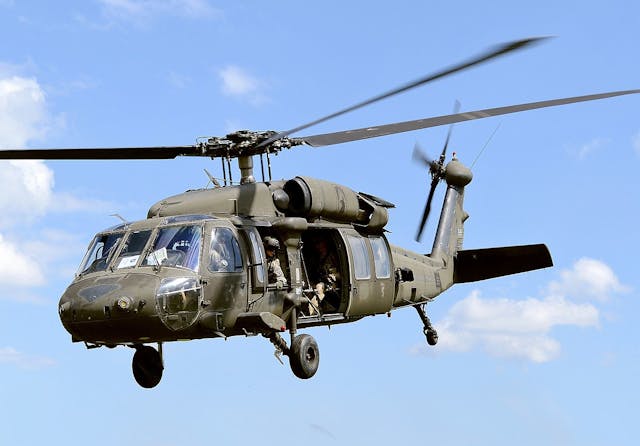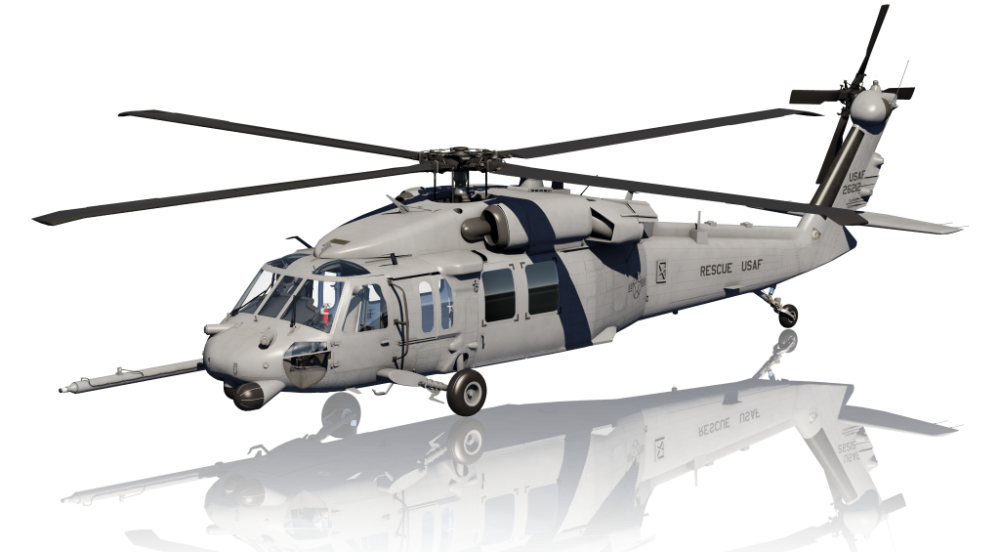Background and Advancement of the UH 60 Black Hawk Helicopter
Background and Advancement of the UH 60 Black Hawk Helicopter
Blog Article
Discovering the Innovative Innovation Behind Airplane Design and Engineering
The area of airplane style and design is experiencing a transformative shift driven by ingenious technologies that improve sustainability, effectiveness, and performance. Advanced materials such as carbon fiber composites and titanium alloys are establishing new criteria, while wind resistant developments and fabricated knowledge are simplifying procedures and enhancing results. As the sector faces the obstacles of ecological obligation, growths in sustainable aeronautics innovations promise to reshape the future. The ramifications of these developments expand past performance metrics; they may redefine the very nature of air traveling. What might this suggest for the sector all at once?
Advanced Products in Airplane Design
Exactly how can the combination of innovative products revolutionize airplane design? The unification of innovative materials, such as carbon fiber compounds, titanium alloys, and progressed porcelains, plays a vital role in boosting airplane performance and effectiveness. These products use superior strength-to-weight proportions, allowing producers to lower general airplane weight without compromising architectural stability. This decrease in weight straight adds to improved gas efficiency and boosted haul ability.
Additionally, advanced materials display improved resistance to corrosion and exhaustion, leading to reduced maintenance costs and prolonged life span. The usage of titanium in crucial parts assists endure extreme temperature levels and tensions, while carbon fiber compounds supply flexibility in design and production processes. This flexibility permits more aerodynamic forms, contributing to superior performance attributes.
Moreover, the combination of wise materials, which can change residential properties in feedback to outside stimulations, opens brand-new avenues for flexible systems in aircraft layout. uh 60. These technologies assure not only to improve safety and security and operational efficiency but additionally to add to sustainability efforts by lessening environmental influence with lowered discharges. In summary, advanced materials are redefining the landscape of aircraft style, leading the way for extra efficient, long lasting, and ecologically friendly aeronautics options
Wind Resistant Developments for Performance
Aerodynamic innovations play a critical role in improving aircraft performance, considerably affecting gas consumption and general performance. Breakthroughs in airfoil layout, such as the introduction of supercritical wings, enable maximized lift-to-drag ratios, decreasing drag at transonic speeds. These technologies enable aircraft to preserve higher speeds with reduced gas expense, directly influencing operational costs and ecological sustainability.
In addition, the combination of winglets has shown effective in minimizing vortex-induced drag at the ideas of wings, additionally improving fuel performance - uh 60. This design adjustment brings about a reduction in wake turbulence, adding to improved aerodynamic efficiency throughout cruise ship conditions

Moreover, computational fluid characteristics (CFD) tools have reinvented the testing and refinement of wind resistant forms, permitting precise simulations of air flow around aircraft (uh 60). This enables engineers to innovate constantly, making sure that modern airplane not just satisfy regulatory requirements but also press the boundaries of efficiency in aeronautics

Role of Computer System Simulations
Computer simulations have become a vital device in the field of aircraft design, allowing designers to perform detailed evaluations and optimizations of different style facets. These simulations permit the virtual testing of aerodynamic residential or commercial properties, structural honesty, and efficiency metrics long prior to physical prototypes are constructed. By utilizing computational liquid dynamics (CFD) and limited component analysis (FEA), engineers can anticipate exactly how air moves around the aircraft and just how various materials will certainly respond to tension and stress.
Additionally, computer simulations assist in the expedition of a variety of variables and scenarios, speeding up the style process and reducing costs related to physical screening. This capability not only enhances the accuracy of predictions regarding aircraft actions however additionally supplies understandings right into potential layout enhancements that may not be immediately apparent through standard techniques.

Additionally, simulations assist make certain compliance with stringent safety and security laws by permitting designers to identify and rectify potential issues early in the style phase. The integration of simulation technologies into the airplane style procedure emphasizes the substantial improvements in design methods, inevitably adding to the development of safer, much more efficient, and eco-friendly aircraft.
Expert System in Engineering
Synthetic intelligence (AI) is reinventing the engineering landscape, especially in airplane layout, by enhancing and enhancing decision-making processes layout workflows. Via use this link device learning formulas, AI can examine large datasets, revealing patterns and insights that inform style options and boost general efficiency.
AI applications in aircraft layout consist of generative layout, where formulas develop several design options based upon specified criteria, permitting engineers to evaluate a wider series of opportunities. This not only accelerates the design phase however also ensures that the end products fulfill stringent efficiency and safety and security requirements.
Additionally, AI-driven anticipating analytics help with upkeep scheduling by evaluating historical data and predicting possible failures. This proactive approach decreases downtime and boosts aircraft reliability.
Additionally, AI help in simulation and modeling, enabling engineers to evaluate designs under different conditions without the requirement for physical models. This capacity shortens advancement timelines and reduces prices connected with typical screening approaches.
Lasting Aviation Technologies
How can the aviation market efficiently balance growth and ecological responsibility? The response depends on the adoption of sustainable air travel technologies that focus on efficiency and lower carbon emissions. Advancements such as sustainable aviation gas (SAFs), which are derived from renewable energies, have become an important element in attaining lower lifecycle discharges. SAFs can significantly decrease the carbon impact of flights, making them a sensible alternative to conventional jet fuels.
Additionally, innovations in airplane investigate this site layout, such as important link the advancement of lighter products and even more aerodynamically reliable shapes, add to improved gas effectiveness. Electric and hybrid propulsion systems are additionally acquiring traction, using a pathway to lower reliance on nonrenewable fuel sources and decrease greenhouse gas discharges.
The assimilation of these modern technologies is sustained by regulative structures and sector partnerships targeted at setting ambitious sustainability targets. Furthermore, digital devices like information analytics and man-made knowledge can optimize flight procedures, better boosting fuel performance. By accepting lasting techniques and innovations, the aeronautics sector can not only satisfy the growing need for flight yet additionally play a critical duty in dealing with climate change, guaranteeing an extra lasting future for air transport.
Final Thought
The merging of advanced materials, aerodynamic technologies, and cutting-edge modern technologies marks a considerable development in airplane style and design. The integration of carbon fiber composites, titanium alloys, and AI-driven processes not only boosts efficiency and effectiveness however additionally improves process and predictive maintenance. Furthermore, the continuous development of sustainable aviation modern technologies highlights a dedication to ecological obligation, leading the way for a greener future in aviation. This continuous advancement will certainly form the sector's trajectory for years to come.

Computer simulations have become a vital tool in the area of aircraft design, allowing designers to perform comprehensive analyses and optimizations of different design facets.The merging of innovative materials, wind resistant developments, and sophisticated innovations notes a substantial development in aircraft style and engineering.
Report this page